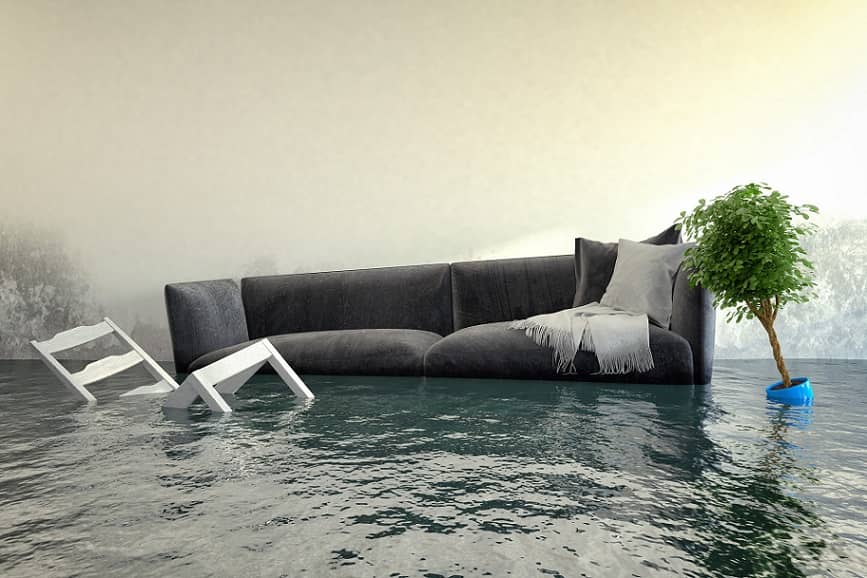14.6 million American homes are at risk of flooding. There are 14,000 home water damage emergencies every day, and they cost $20 billion every year.
Floods from natural disasters or malfunctioning appliances are common disasters. Depending on where you live, it’s more a question of when they’ll happen than if.
Read on for tips on what to do during and after a house flood.
Stop the Water and Turn Off the Electricity
Stopping the water is the most important task in a flooding house. Find the main water valve and turn it off as soon as possible.
You should also turn off the electricity. Go to the fuse box and turn off the main breaker and individual fuse switches. Avoid stepping through any water, and call an electrician if you can’t.
Evacuate and Call for Help
Get to the safest place outside of your house, whether it’s your backyard, a neighbor’s house, or a temporary shelter. Make sure all your family members are present and accounted for.
Call for help as soon as you’re all safe. Get in touch with 911 if anyone needs medical attention. If you’re a renter, contact your landlord.
Make Sure It’s Safe to Go Back In
If the flood is the result of a natural disaster, listen for the latest updates. Wait until local officials have told you it’s safe to come back in.
Wear protective clothing such as rubber boots and gloves. Any remaining water can be contaminated with:
- Human waste
- Debris
- Chemicals
- Garbage
- Mold
- Bacteria
Make sure there’s no structural damage. Check for buckled or warped foundations, walls, or floors as well as damaged utility lines.
Document Everything
A house flood leaves extensive damage in its wake, and you’ll need to keep a record of it before you clean it. Take notes, pictures, or videos of everything.
This documentation will become important when you make an insurance claim. It’ll also make it more likely to get accepted.
Make an Insurance Claim
Approximately 29.4% of home insurance claims are due to water damage or freezing. That’s the second most common type behind wind and hail at 34.3%.
Homeowner’s insurance can cover the damage when your house gets flooded from certain causes. These include:
- Burst pipes
- Broken appliances
- Backed-up city sewers
- Strom drains
- Certain acts of nature
Flood insurance is a more comprehensive policy. Whichever one you have, call your insurer and tell them whether you want an adjuster to see the home.
Report the damages and provide the evidence you’ve collected. Keep a record of your conversations with them.
Start Cleaning
When your house is flooded, it needs to be fully dried out, so contact a water extraction company like indoorflood.
You’ll also need to prevent secondary forms of damage. One of the most common grows in damp, wet areas. Any type of mold, including toxic types such as black mold, can set in within 24 hours in flooded houses.
It can also grow on your belongings if you don’t get them dry within 48 hours. Store anything you want to keep safe and send anything that’s damaged off to be restored.
More House Flood Advice
If you have an indoor house flood, stop the source of the water and your electricity if possible. Evacuate, then return when it’s safe.
Document all damage before making an insurance claim. Clean the entire house to prevent structural damage and mold. Store your prized possessions and have anything that’s extensively damaged restored.
Read the rest of our content for more information on handling a house flood.

